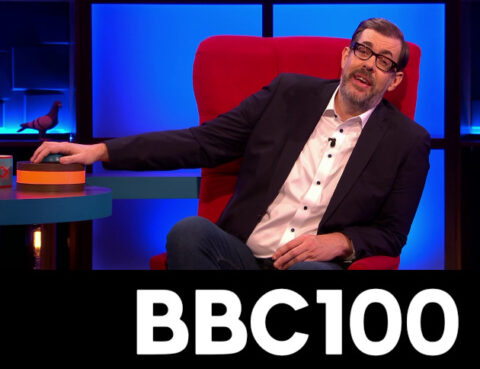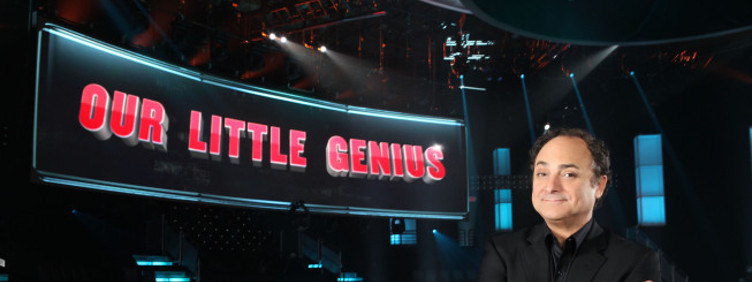It’s a very peculiar thing, to absent-mindedly read a newspaper article… only to find a quote from yourself.
So it was the other day, when I was trying to find out whether the highly amusing Netflix game show Floor is Lava had been recommissioned for a fourth season. I now have the dubious honour of being immortalised in The Sun.
“Taking to X, formerly Twitter, one said: ‘Are we getting season 4 of Floor is Lava? My kid is dying to know!’
Another said: ‘My @netflix is costing $$$$ it really makes me wonder what Netflix is providing or changing that costs SO much?!? I need to have a new season of Floor Is Lava monthly! Where’s the new season?!? They cancel shows ALL the time! HIT shows!’
And a third echoed: ‘You can see with Floor is Lava, where Netflix have made just 20 episodes since 2020. Rubbish. Make some more television.'”
I’m the third person quoted there. Although they have slightly misquoted me; what I actually said was:
You can see that with Floor is Lava, where Netflix have made just 20 episodes since 2020. Rubbish. Make some television.
— John J. Hoare (@mumoss) August 20, 2023
“Make some television” is a vaguely witty way of putting it. “Make some more television” is deathly dull. Oh well, at least my name wasn’t attached to it.
Anyway, in answer to the question: no, it doesn’t seem that Floor is Lava has been recommissioned for a fourth season. It doesn’t seem to have been officially cancelled yet either, mind you. It appears to be in an annoying limbo.
Moreover, calling it a “fourth season” is generous. Season 1 was ten episodes; Seasons 2 and 3 were five episodes each, and made as part of the same production block. It really feels like we’ve only had two seasons: one in 2020, and one in 2022. And you have to wonder: 20 episodes of what by all appearances has been a very popular game show, over four years? What the hell are Netflix playing at?
In the same amount of time – five different calendar years – Anglia Television managed to make 72 episodes of Knightmare. (I like using Knightmare as an example, because it seems to me that the more you think about it, the more similarities it has to Floor is Lava.) The BBC managed to make 69 episodes of Total Wipeout. Channel 4 broadcast 65 episodes of The Crystal Maze in its first five years; even the revived series managed 45, excluding the initial Stand Up to Cancer special. (And the revived Crystal Maze is widely considered not to have been the success Channel 4 hoped.)
Or if you’d prefer I compared the series to other Netflix shows: Nailed It! has managed 56 episodes over five years.
You have to wonder: why are Netflix so reticent about making more Floor is Lava? What’s going on over there? A worldwide pandemic explains some of the issue, sure, but certainly not all of it. At the back of my head is the idea that Netflix are embarrassed about making a silly show like Floor is Lava, but at this point I’m not sure that fully explains things either.
Shouldn’t they be on 60 episodes by now, and ready to call it a day? That’s what some television is: you make loads of it in a short period of time, it burns itself out, and then you move onto making something else. The churn of television is not a bad thing.
But with Floor is Lava, it feels like they’ve barely even got going. For a supposedly successful show, it’s just odd.




